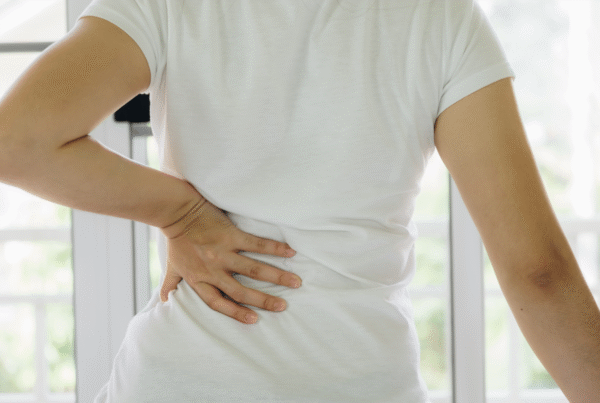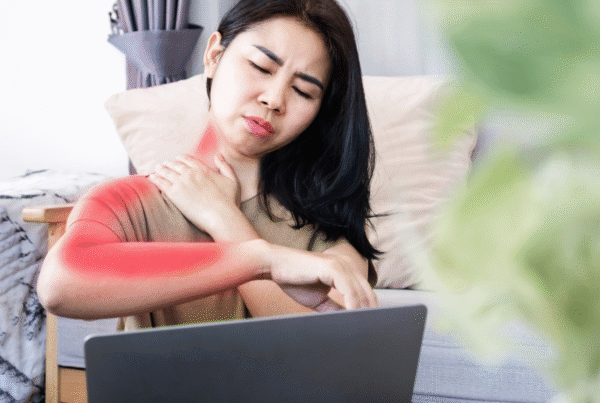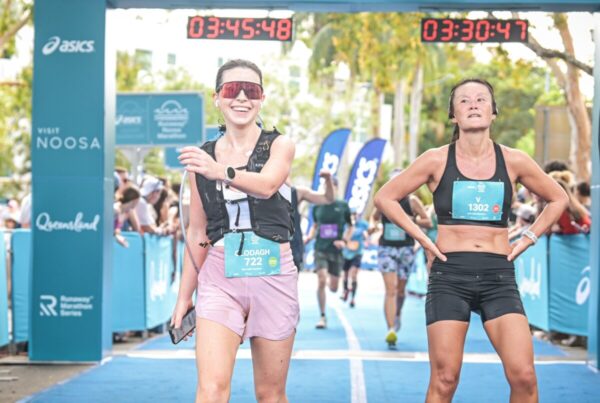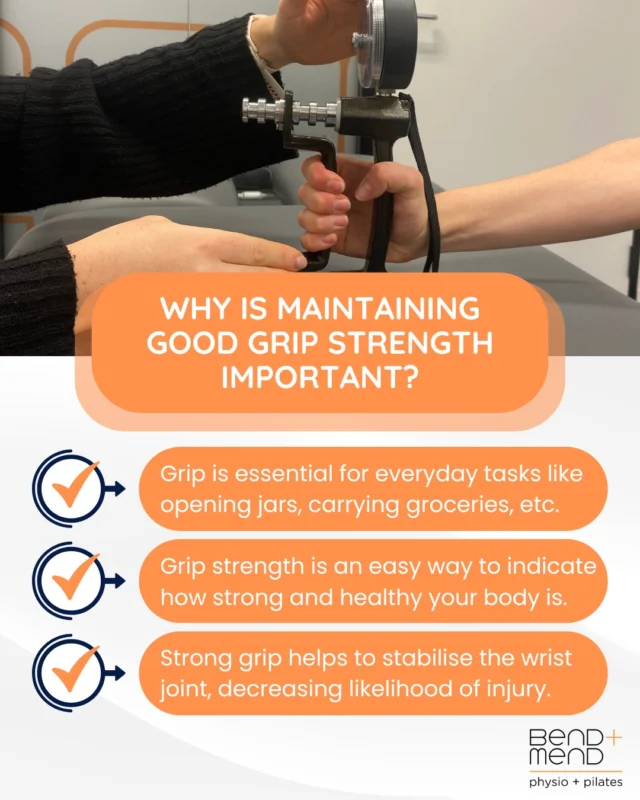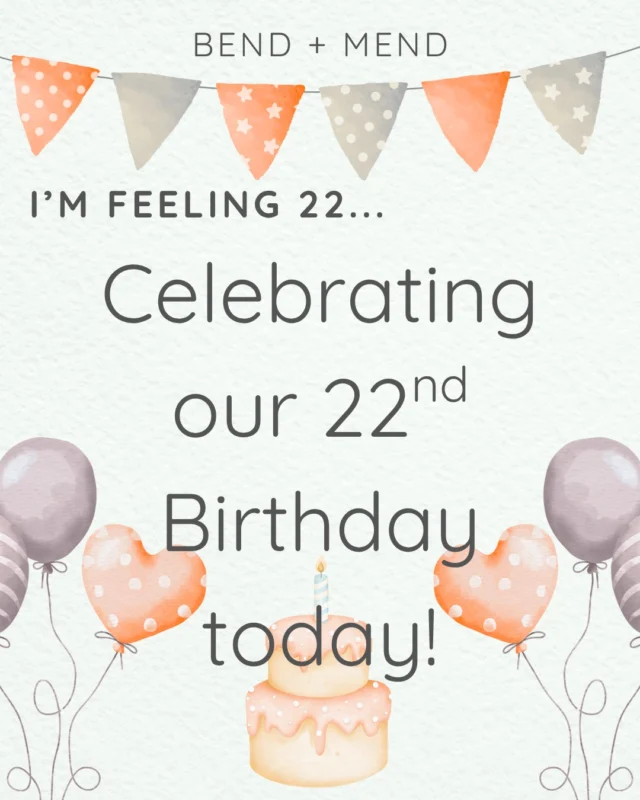Common symptoms people with COVID-19 experience are shortness of breath and fatigue. These symptoms can even persist after recovery from the virus. During this time it is important to know how to conserve your energy.
There are 6 P’s to remember:
- Prioritise
- Plan
- Positioning
- Pace Yourself
- Positive Attitude
- Pursed Lip Breathing
(L. Wood, NHS, 2012)
Prioritise and Plan
- Plan your day and prioritise what tasks are most important to you.
- See if you can alternate between heavier and lighter tasks
- Break it down! Set smaller goals to break down your task
Positioning
- Try and complete tasks whilst sitting down eg. Sitting down to shower or dress
- Support your arms against a desk or bench top when completing activities like brushing your teeth
- Avoid raising your arms too much above your shoulder height
Pace Yourself
- Don’t rush yourself to complete a task eg. When walking up the stairs, do 3-5 steps at a time, stand and rest for 30 seconds before continuing up the stairs.
- Give yourself ample time to rest after finishing an activity
Positive Attitude
- Focus on the positives of what you can do rather than what you can’t
Pursed Lip Breathing
- Pursed lip breathing is a technique that can help relieve the feeling of shortness of breath, decrease your work of breathing and improve gas exchange.
- Start by breathing in through your nose. Exhale through pursed lips and ensure the breath out is twice as long as the breath in.
References:
Wood, L. (NHS, 2012). Occupational Therapy Energy Conservation Booklet. [Blackpool Teaching Hospitals NHS]. July 12th 2012. https://www.bfwh.nhs.uk/wp-content/uploads/2018/02/PL721.pdf
Nguyen, J., D., Duong, H. (2021). Pursed Lip Breathing. [StatPearls] July 31st 2021. https://www.ncbi.nlm.nih.gov/books/NBK545289/
